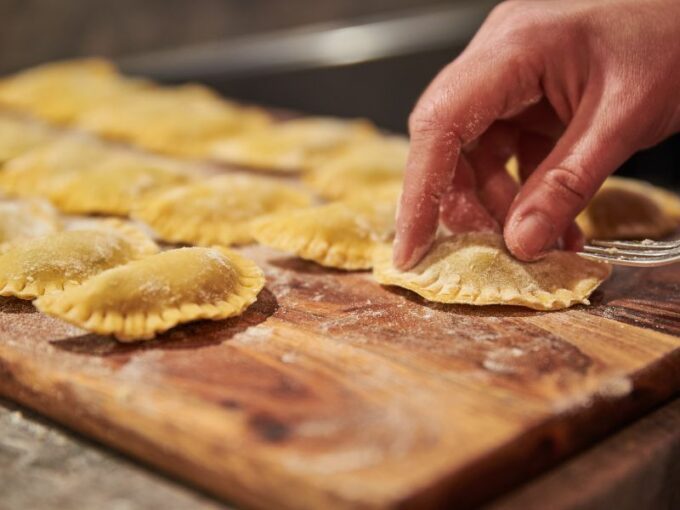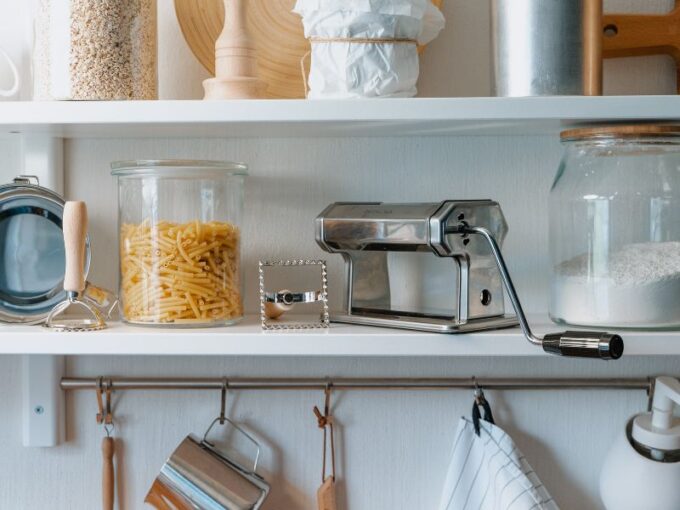 Italian cooking is more than just a culinary tradition; it’s an art form that celebrates simplicity, freshness, and flavor. Whether you’re a novice in the kitchen or an experienced cook looking to expand your repertoire, mastering the essentials of Italian cooking can elevate your culinary skills to new heights. Let’s explore some fundamental techniques and skills that will help you create authentic and delicious Italian dishes.
Italian cooking is more than just a culinary tradition; it’s an art form that celebrates simplicity, freshness, and flavor. Whether you’re a novice in the kitchen or an experienced cook looking to expand your repertoire, mastering the essentials of Italian cooking can elevate your culinary skills to new heights. Let’s explore some fundamental techniques and skills that will help you create authentic and delicious Italian dishes.
- Embrace Fresh Ingredients
Italian cuisine is rooted in the use of fresh, high-quality ingredients. The first step to mastering Italian cooking is to source the best produce, herbs, meats, and cheeses you can find. Visit local farmers’ markets, and specialty stores, or grow your herbs to ensure you have the freshest ingredients. Remember, the quality of your ingredients will directly impact the flavor of your dishes.
- Master the Art of Pasta Making
Homemade pasta is a cornerstone of Italian cuisine. While store-bought pasta is convenient, making your pasta from scratch can be a rewarding experience. Here’s a basic guide to get you started:
- Ingredients: All you need is flour, eggs, a pinch of salt, and a bit of olive oil.
- Technique: Create a well with the flour, crack the eggs into the center, and gradually mix until a dough forms. Knead the dough until smooth and elastic, then let it rest. Roll it out thinly and cut into your desired shape.
Investing in a pasta machine can make this process easier and more consistent, but you can also use a rolling pin and a sharp knife.
- Perfect Your Sauce Game
Italian sauces are diverse and packed with flavor. Here are a few essential sauces every home cook should master:
- Marinara: A simple tomato-based sauce made with tomatoes, garlic, onions, and basil.
- Pesto: A vibrant green sauce made from fresh basil, pine nuts, Parmesan cheese, garlic, and olive oil.
- Béchamel: A creamy white sauce made from butter, flour, and milk, often used in lasagna.
Each sauce requires a balance of flavors and careful cooking to achieve perfect consistency. Practice making these sauces from scratch to enhance the authenticity of your dishes.
- Understand Regional Differences
Italy’s cuisine varies significantly from region to region. Northern Italy is known for rich, creamy dishes like risotto and polenta, while Southern Italy celebrates bold, tomato-based flavors and fresh seafood. Familiarize yourself with the regional specialties to appreciate the diversity and richness of Italian cuisine.
- Master Basic Knife Skills
Efficient and precise knife skills are essential for Italian cooking. Practice the following techniques to improve your efficiency and presentation:
- Chopping: For ingredients like onions, garlic, and tomatoes.
- Slicing: Perfect for vegetables like zucchini, eggplant, and peppers.
- Julienne: Thin strips for salads and garnishes.
Proper knife skills not only make preparation easier but also ensure even cooking and beautiful presentation.
- Learn to Cook Al Dente
Cooking pasta al dente, or “to the tooth,” means the pasta should be tender yet firm when bitten. To achieve this, follow these steps:
- Boil: Use plenty of salted water to cook the pasta.
- Test: Begin testing the pasta a minute or two before the package instructions suggest.
- Drain: Once al dente, drain the pasta quickly and add it to your sauce to finish cooking.
Cooking pasta al dente preserves its texture and helps it absorb the flavors of the sauce better.
- Experiment with Italian Bread
Bread is a staple in Italian cuisine, and baking your own can be a delightful experience. Start with these popular Italian breads:
- Focaccia: A flat oven-baked bread topped with olive oil, rosemary, and sea salt.
- Ciabatta: A rustic, airy bread perfect for sandwiches.
- Pizza Dough: Versatile dough that can be used for traditional pizzas or calzones.
Making bread requires patience and practice, but the aroma and taste of freshly baked bread are worth the effort.
- Pair with the Right Wine
Italian cuisine and wine go hand in hand. Learning to pair the right wine with your dishes can enhance your culinary experience. Here are a few classic pairings:
- Chianti: Pairs well with tomato-based dishes like spaghetti Bolognese.
- Pinot Grigio: Complements seafood dishes and light pasta.
- Prosecco: Perfect with antipasti and light appetizers.
Experiment with different wines to find your favorite combinations.
Learning Italian cooking is a journey of discovery and joy. By embracing fresh ingredients, mastering essential techniques, and understanding the rich diversity of Italian cuisine, you can bring the flavors of Italy into your kitchen. So, put on your apron, gather your ingredients, and start cooking.



